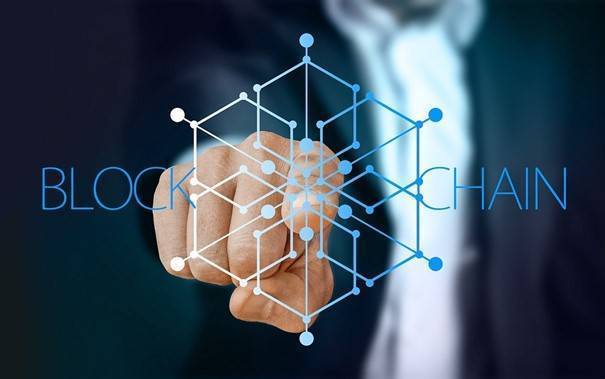Web 3.0 is the term used to describe the third generation of Internet services. These are to create Internet sites that are intelligent and networked. For this, Internet services focus on using machine-based data. This means that, unlike the second generation (Web 2.0), the third generation not only uses content that people have generated, but also content that technologies provide. Artificial intelligence (AI) contributes to this, for example, by showing a user the data that matches his or her profile.
In addition, peer-to-peer technologies are also part of Web 3.0. In peer-to-peer technologies, users or computers work together on an equal footing. In other words, any user or any computer can claim and offer services. In addition, resources are exchanged between all participating computers and users.
One of the most well-known peer-to-peer technologies includes Blockchain. This is a database that many computers share to transmit information in a tamper-proof manner. When a new computer joins, it receives a full copy of the database. From this point on, he is responsible for controlling and documenting transactions. As soon as all users involved have verified a transaction, it is stored in encrypted form on each computer and appended to the previously executed as well as controlled transactions.
Consequently, it can be used, for example, to map the manufacture of a physical product, the production of which takes place over several transactions with numerous companies involved. Any company that is newly involved in production can trace the entire manufacturing process. This means, for example, that it has the opportunity to find out whether the raw materials for the product come from a mine where children work. If the details of a transaction are to be changed subsequently, all parties involved must agree. Since the information about each transaction is stored not only on one server, but on a network of computers, it is almost impossible for hackers to falsify the data.
What are NFTs?
In German, Non-Fungible Tokens (NFTs) can be translated as non-exchangeable tokens. A token represents ownership of a non-exchangeable asset in digitized form. A non-exchangeable asset is a unique item such as a work of art. An NFT can be created for each unique item, which is then traded individually. To ensure that ownership of the unique item cannot be stolen, NFTs are based on blockchain technology.
A transaction takes place at every legal transfer of ownership. This includes, among other things, the date on which the unique item was sold or given away, as well as the personal details of the old and new owner. Subsequently, the transaction is controlled by all parties involved and attached to the blockchain in an encrypted form.

